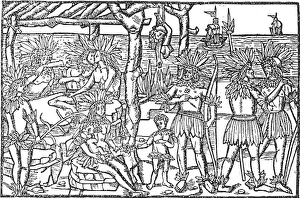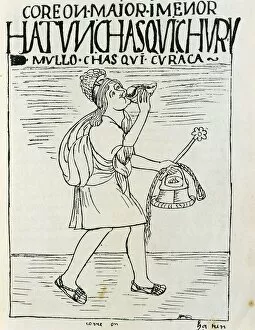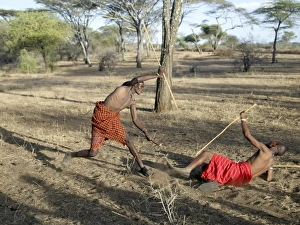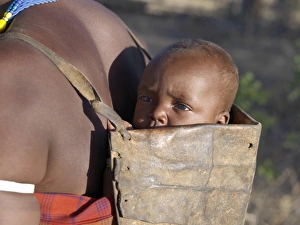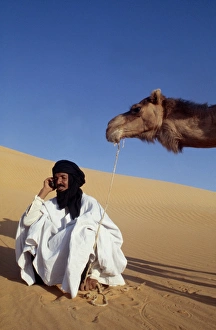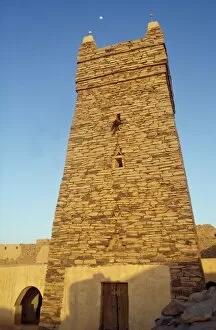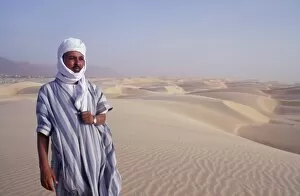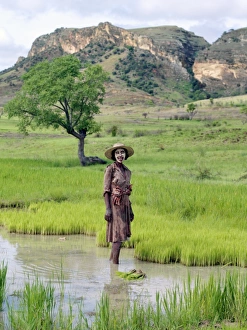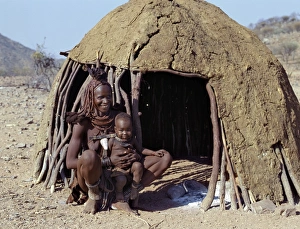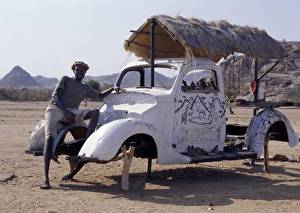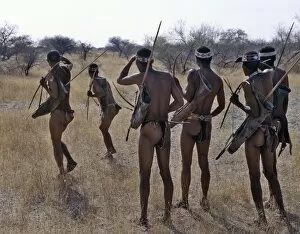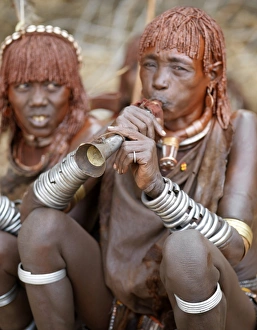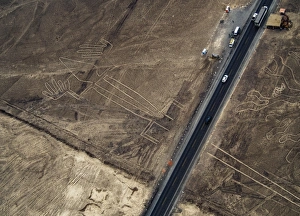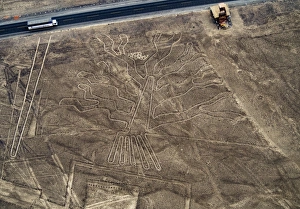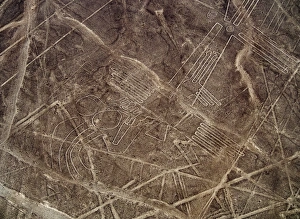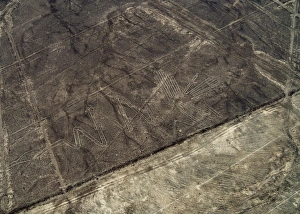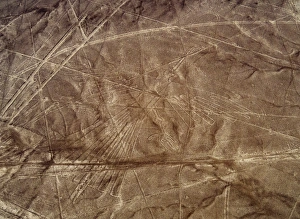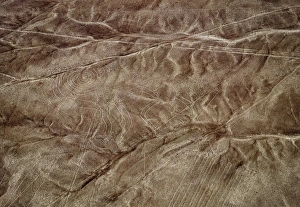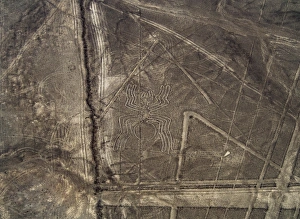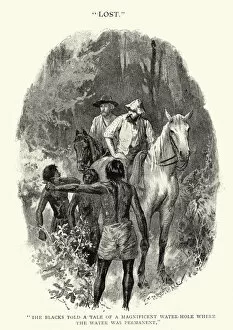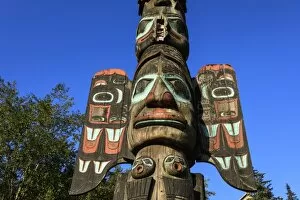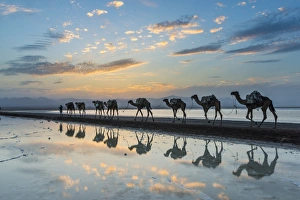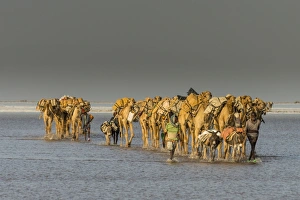Indigenous Culture Collection (page 7)
"Exploring the Rich Tapestry of Indigenous Culture Across Continents" From the vibrant colors of Central America to the enchanting landscapes of Greenland
The Lizard Geoglyph, aerial view, Nazca, UNESCO World Heritage Site, Ica Region, Peru, South America
The Condor Geoglyph, aerial view, Nazca, UNESCO World Heritage Site, Ica Region, Peru, South America
The Monkey Geoglyph, aerial view, Nazca, UNESCO World Heritage Site, Ica Region, Peru, South America
The Spider Geoglyph, aerial view, Nazca, UNESCO World Heritage Site, Ica Region, Peru, South America
All Professionally Made to Order for Quick Shipping
"Exploring the Rich Tapestry of Indigenous Culture Across Continents" From the vibrant colors of Central America to the enchanting landscapes of Greenland, indigenous cultures have left an indelible mark on our world. In Panama's Cristobal, immerse yourself in the captivating traditions of the Kuna Indians as you marvel at their intricate and mesmerizing molas. Traveling further east, a striking Emu Portrait captures the essence of Australia's indigenous heritage. Delve into ancient stories and rituals as you encounter a Traditional Wood Carved Mask in New Zealand's Te Puia Maori Cultural Center, where North Island's Rotorua comes alive with Pacific island influences. Journeying towards Asia, an Antique Japanese Woodblock transports us back in time to witness a woman gracefully serving tea - a testament to Japan's rich cultural legacy. Meanwhile, an Antique Map reveals vignettes that depict Victoria or Port Phillip in Australia; each vignette telling its own story from days gone by. Venturing into Jerusalem, we uncover an Ancient and Modern Map Engraving that showcases centuries-old history intertwined with contemporary life. Further westward lies Newspaper Rock near Canyonlands National Park in Utah - home to Ancient Indian rock art known as petroglyphs; these etchings offer glimpses into Native American civilizations that flourished across North America. The Wanderings of Israelites come alive through another fascinating map engraving - tracing their footsteps through lands steeped in biblical tales. Crossing continents once more brings us to Peru's Lake Titicaca where Quechua Indian families reside on Floating Grass islands called Uros; here you can witness their unique way of life amidst breathtaking natural beauty. Finally, at Waitangi Treaty Grounds in New Zealand's Bay of Islands region stands a majestic Maori Meeting House. This sacred space serves as a reminder of the enduring spirit and resilience displayed by indigenous communities throughout history. In every corner of our planet, indigenous cultures offer a glimpse into the richness of human diversity.

